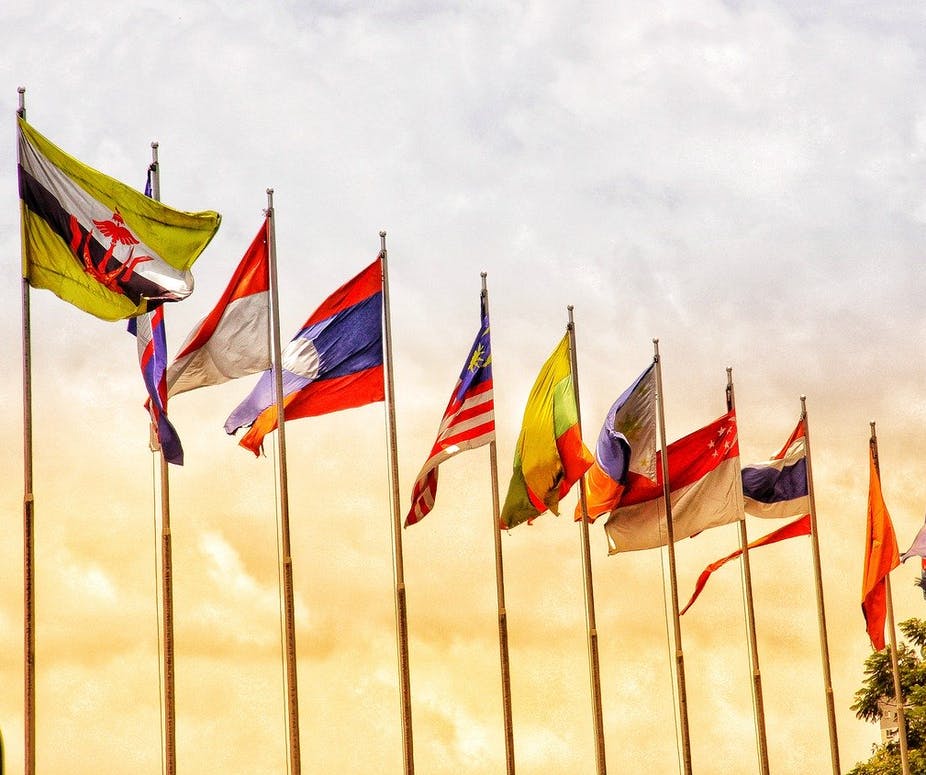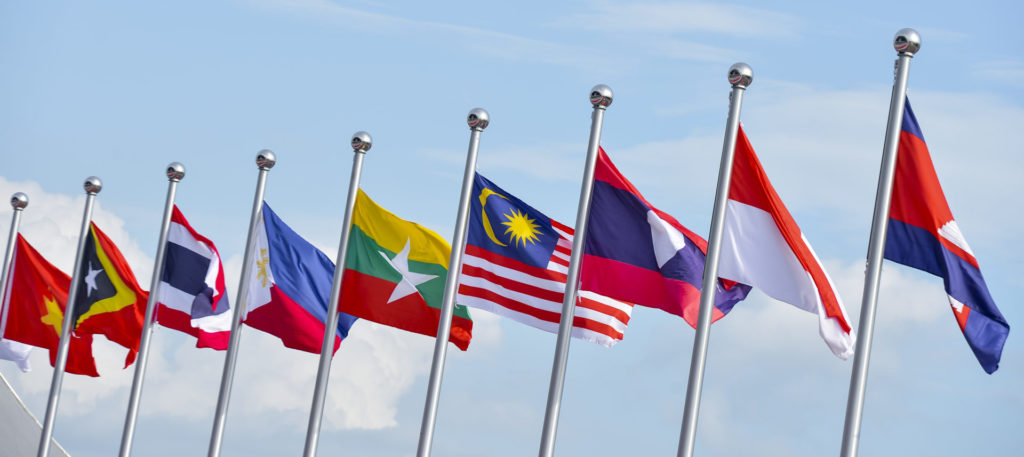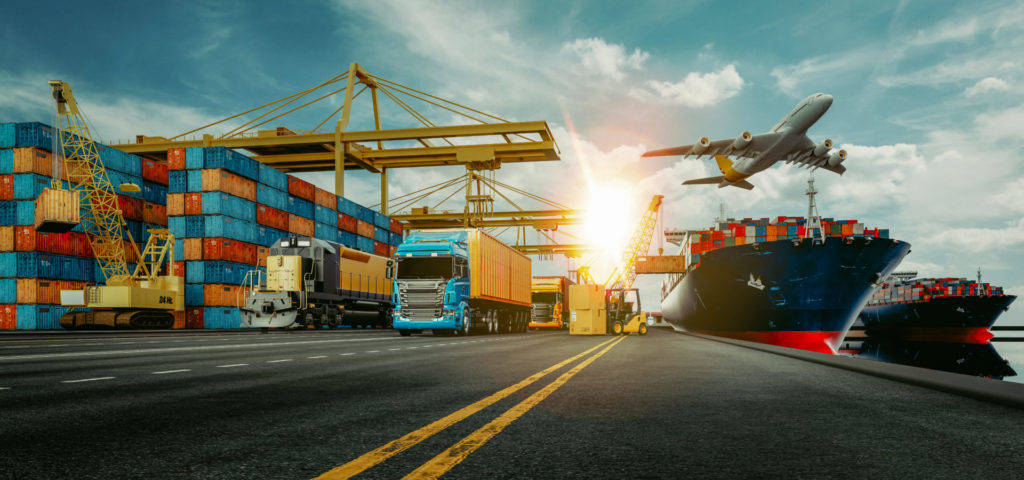As the COVID-19 crisis shows no signs of slowing, countries and companies worldwide are realising the need to balance and diversify their supply chains. While Chinese supply chains will continue to play a major role, relying on these alone has proven to be untenable. Many multinational corporations are looking to move at least some of their production bases south of China in the near future.
South-East Asia: fertile ground for business growth
The economic fallout of the COVID-19 pandemic has hit South-East Asia hard. Millions have lost jobs and the short-term outlook remains bleak. However, the region has done an excellent job of flattening the coronavirus curve and is set to become much more involved in global production and trade in the long term.
Singapore – home to the region’s highest GDP per capita – is in an excellent position to take advantage of the opportunities brought about by changing global supply chains.
In the first four months of 2020, Singapore’s Economic Development Board secured over $9 billion in investment commitments, meaning the country has already exceeded projections for the entire year. What’s especially impressive is that these investments came during a global pandemic.
At a time when most markets are haemorrhaging jobs, Singapore is growing strong in some key sectors. A big reason for this is that American companies are increasingly looking to the city-state to fulfil their supply chain needs. As just two examples, tech hardware manufacturer Micron Technology plans to add 1,500 jobs in Singapore, while science equipment manufacturer Thermo Fisher Scientific is going on a hiring spree to meet surging demands for its COVID-19 test kits.
As an advanced economy and a finance and logistics hub, Singapore has a competitive edge over most other countries in the region. But, its less developed neighbours are also showing encouraging signs of growth.
As of this writing, Vietnam has only recorded 35 deaths – a success story that’s been largely overlooked by the global media. The country was very aggressive in the early stages of the fight against COVID-19, performing targeted testing and quarantining large portions of its population.
The campaign inevitably had a profound short-term effect on the economy: 85.7% of businesses reported being adversely impacted by the pandemic. But the country’s quick decision-making looks like it’ll pay off. Vietnam expects its GDP to grow by more than 5% in 2020 – a stark contrast to other countries that were slower to take action.
The Vietnamese company Kizuna Joint Development Corp, which builds and rents out factories, is currently building a 100,000 sqm facility to serve the expected spike in demand.
Throughout the second quarter of 2020, tech titan Apple produced between 3 and 4 million AirPods in Vietnam. This accounted for about 30% of the company’s output of the popular wireless earphones. It’s important to note that the majority of Apple’s AirPods and other top products like the MacBook and iPhone are still mostly made in China. But, with US-China tensions simmering, Apple’s partial move to Vietnam could be a sign of things to come.
US companies aren’t the only ones contemplating moves to South East Asia. Several Japanese manufacturers and automakers, who were almost entirely dependent on Chinese supply chains, saw severe parts shortages during the height of the pandemic. To avoid similar shortfalls in the future, the Japanese government plans to launch a $220 million subsidy programme to encourage companies to move their production facilities to ASEAN countries.
All of this new business and investment bodes well for the future of South East Asian economies, but it also raises the question: will incoming companies be able to find the talent they need?
Recruitment challenges and opportunities in ASEAN
South-East Asian countries are home to a large and relatively young labour force. But there are significant skills gaps that need to be addressed, particularly in the realms of IT and engineering.
Each country is at a different stage of development, which means recruitment strategies must be calibrated to the nuances of the market and centred around local talent.
Understanding cultural tendencies, knowing the skills footprint, and building effective talent pipelines are all critical if companies want to see strong returns on their investments.
Even with the right safeguards in place, companies should be prepared for high employee turnover and incremental improvements. When employing people with less experience – often a necessity in South East Asia – skill mismatches are bound to occur. To establish sustainable long-term supply chains in the region, companies must develop solid employee retention strategies and commit to developing the skills of local workers.
Connexus Global has recently seen significant growth and uptake in our talent pipelining, project hiring, and executive search services due to multinational companies seeking to hire top local supply chain talent.
Recruiting in South East Asia’s a tricky business. Let us take care of it and focus on establishing your company’s foothold in this dynamic landscape. Speak to us today.









